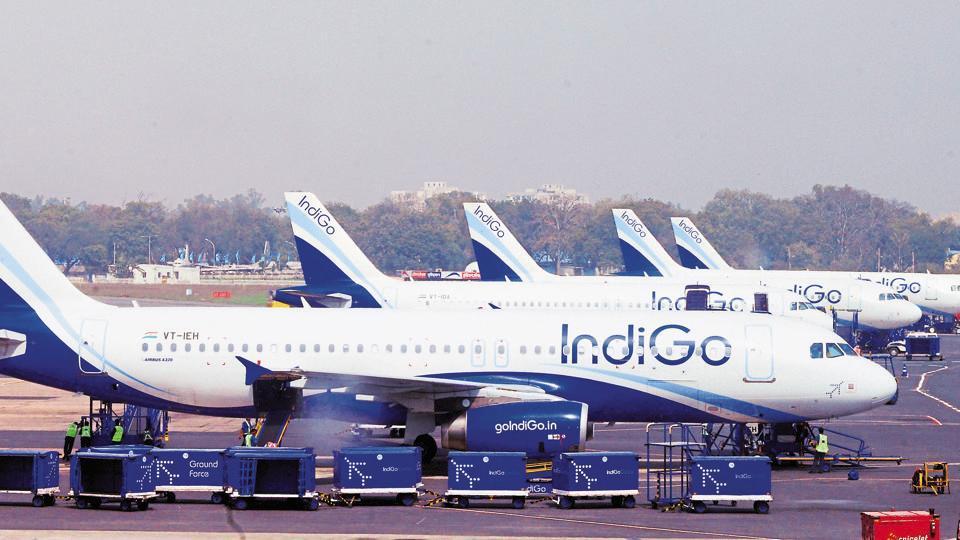
DGCA lacks teeth, funds to keep delinquent airlines in check
Boeing executives called Indian aviation regulator, DGCA fools and stupid during the Max aircraft approval process, according to internal documents released by the aircraft maker.

Boeing executives called Indian aviation regulator, DGCA fools and stupid during the Max aircraft approval process, according to internal documents released by the aircraft maker.
These bunch of executives however biased they may sound, might be actually telling the truth as the Director General of Civil Aviation (DGCA) can’t fix their own organisation largely because the government has never given the regulator any importance or adequate budget to hire professionals to conduct safety audits.
Its troubles with the IndiGo is one such example of how it is unable to get the airline stick to norms. IndiGo has been battling huge problems with the Pratt & Whitney (P&W) engines fitted in all its A320neo aircraft which number about 92. Since the induction of its first such aircraft over a year ago, it has experienced mid-air issues repeatedly but has not found a solution to fix them immediately and has sought more time from the regulator on several occasions. But the entire process has been slow endangering the lives of the passengers it carries every minute.
Also read | Suspending Boeing 737 Max may cripple Indian aviation eco-system
A320 neos are manufactured by the Toulouse-based Airbus. The neos consume 15-20% less fuel than the rest, are less noisy and are supposed to be far more efficient than those in the same category of aircraft. The baseline A320neos has a choice of two new-generation engines, PW 1100G-JM from Pratt and Whitney and LEAP-1A from CFM International. Air India and Vistara have opted for the CFM engines while Indigo and GoAir have opted for the P&W engines.
In February last year, European Aviation Agency had issued an emergency airworthiness directive for A320s neos aircraft holding a particular serial number. The directive was based on incidents involving engine shutdowns during flights and rejected take-offs. The DGCA was quick to respond to the directive stating that it would monitor aircraft fitted with such engines. It even went ahead and grounded 11 A320 neos aircraft (eight of IndiGo and the rest of GoAir) after reports about engine failures surfaced. But the troubles with the engine kept resurfacing while IndiGo and GoAir kept suspending the operations of the aircraft fitted with those particular engines.
The most recent incident happened on January 15 this year. IndiGo was forced to divert the Pune-Jaipur flight to Mumbai after the pilot observed an engine vibration message. The aircraft is currently under inspection at Mumbai.
In its directive on November 01, last year, DGCA asked IndiGo to replace all the P&W engines, “at all costs,” by January 31, 2020, or else they would be grounded. It went on to add that IndiGo’s action in this matter “do not instil enough confidence with regard to the timely completion of the said task.” But the DGCA decided to extend the deadline to May 31 stating that grounding of aircraft could inconvenience passengers.
Also read | Jaipur-bound IndiGo flight forced to land in Mumbai due to engine glitch
The directive to extend the deadline could be for a couple of reasons. One, the collapse of most of the regional airlines in the country and that of Jet Airways and the struggle of Air India must have prompted the DGCA to issue a revised deadline. Two, it must have found solace from the directive of the European Aviation Agency which said that the aircraft can fly with one engine found defective provided such jets don’t undertake extended flights over water. It also said a complete grounding “is not deemed necessary for the time being.”
However, there are issues which are unique to India. IndiGo is the largest airline in the country with over 47% market share. Roughly, one of the two commercial aircraft flying in the country are those of IndiGo. The airline has a fleet of 250 aircraft and operates 150 daily flights and carries over 64 million passengers on a yearly basis (figure: 2018-19). GoAir is a much smaller airline with a market share of 11%. Both of them combined have a market share in excess of 58%.
While the DGCA may believe that grounding of aircraft from these two airlines could heavily impact air travel in India, it misses the point that at the same time it is endangering the lives of each and every passenger who flies IndiGo and GoAir.
Also read | Lenders, flawed policies, low-cost airlines: Reasons that failed Jet Airways
Neither does the DGCA has enough competent inspectors with technical expertise who can on their own inspect these aircraft and determine what needs to be carried out to fix the problem. The DGCA itself cannot be blamed for such a fiasco because it does have enough resources to hire professionals and pay them good salaries.
In such a situation, airlines can come up with excuses to let the regulator to allow their defective aircraft to fly though one does not believe that IndiGo and GoAir may not be resorting to such tactics.
Therefore, it is important for the government to invest in the DGCA with manpower and resources and vest it with far higher powers to take suitable action against delinquent airlines. If it fails to act fast, another air disaster may just be around the corner.


